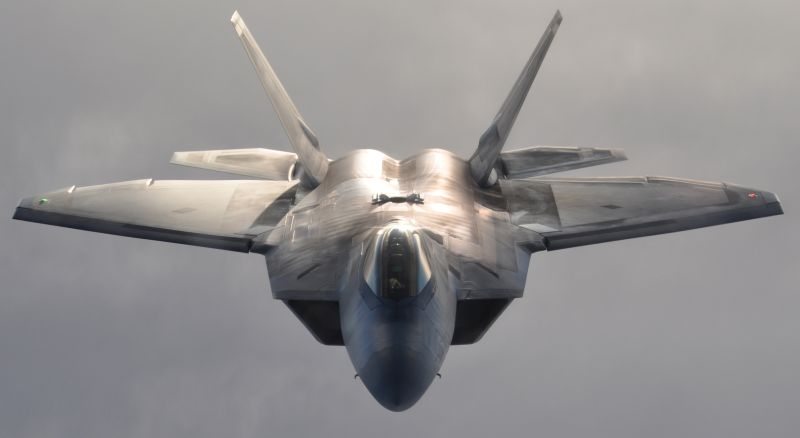The Air Force Life Cycle Management Center’s F-22 Division is on-track to complete installation of the Automatic Back-up Oxygen System, or ABOS, in the Air Force’s F-22 Raptor combat fleet by December 2014.
In January 2012, following a series of incidents in which a number of F-22 pilots experienced physiological symptoms in flight, the Air Force Scientific Advisory Board made a list of recommendations to improve the aircrew life support system, including the installation of an automatically-activated backup oxygen system.
The F-22 Division, which had already funded a trade study of design alternatives, took the advisory board’s recommendation as well as more specific requirements from the Air Combat Command-led life support system task force, and developed a strategy to tackle the problem.
Mike Connolly, the ABOS program manager, said the F-22 Division and contractor team moved quickly to address concerns.
“When our team received requirements from ACC, the aircraft user, we put together an action plan within a week,” Connolly said. “From there, we got approval to move forward, got funded and we executed. From notification to retrofit of the first test aircraft (the process) took six months to complete.”
According to Connolly, the ABOS is a simply designed system that is integrated into the breathing regulator. It has a control panel in the cockpit within the pilot’s reach so that Airmen can manually turn it on if backup oxygen is needed. The system is typically left in the auto position, which will automatically provide the pilot 100 percent oxygen in the event of a rapid decompression or low primary breathing air pressure.
Lansen Conley, the chief of the F-22 Product Support Management Branch, said that as the division finishes installation of the new oxygen system, he is proud of the team effort.
“When our team was notified of the Scientific Advisory Board’s recommendation, the division here and at Hill Air Force Base worked as one team to quickly develop a plan to address the problem,” he said. “That team’s focus on delivering affordable capability and meeting its commitments were critical to maintaining our nation’s war winning combat advantage.”










